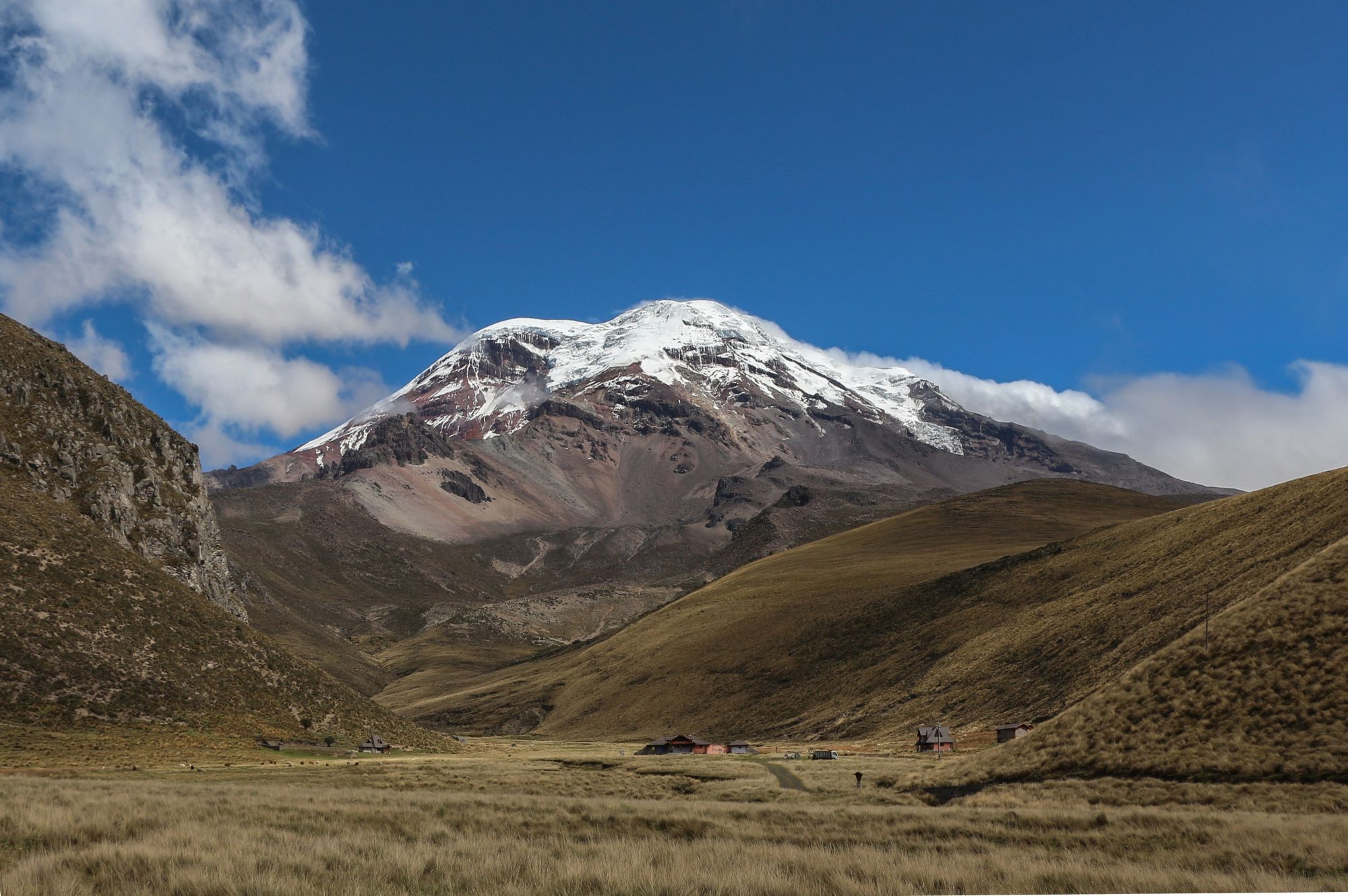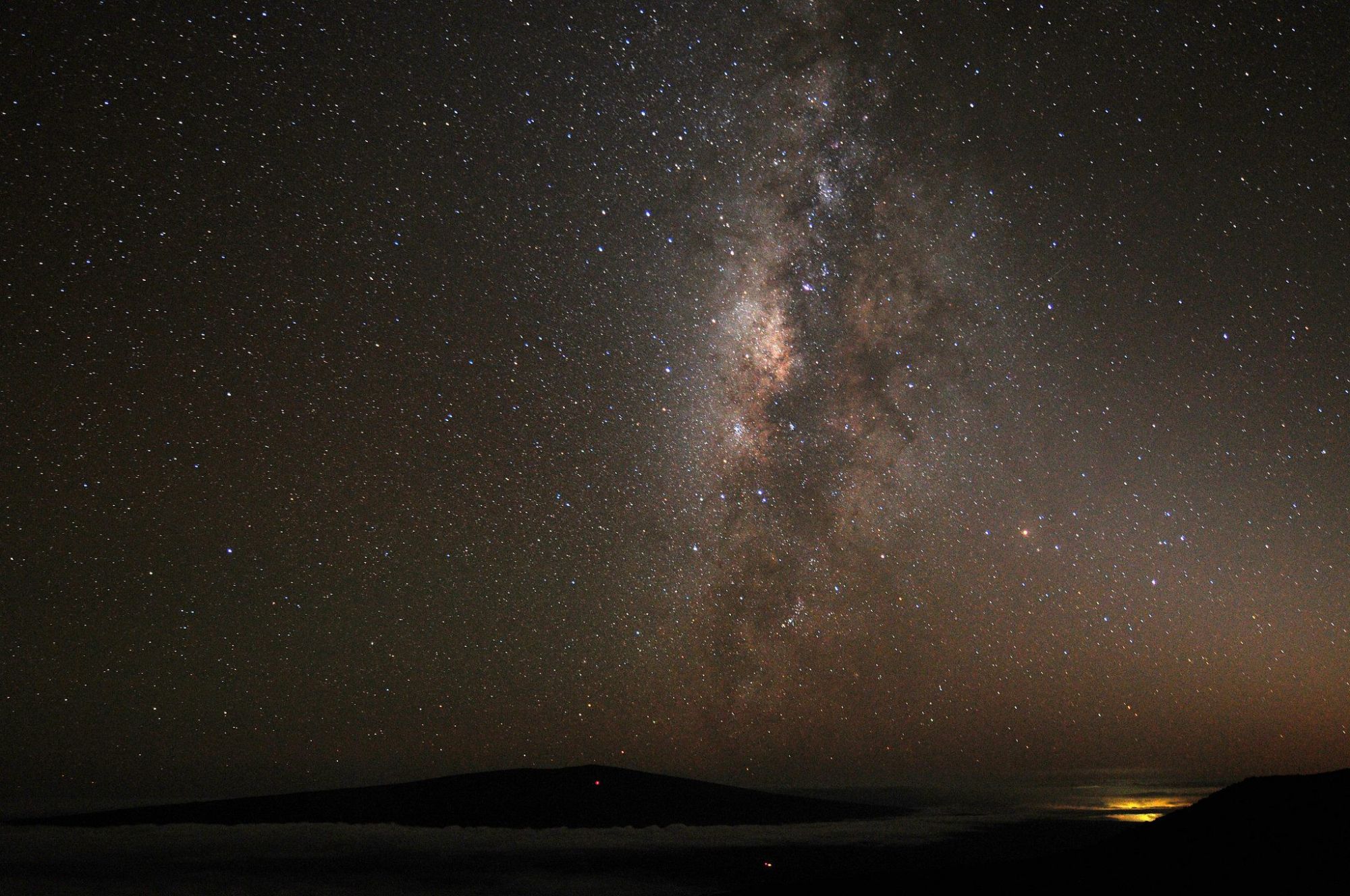1. Mount Stetind, Norway

Let all your inhibitions go like Elsa from Disney's Frozen when you climb Norway's national mountain that inspired the location of Arendelle's ice castle. Mount Stetind is 1390 metres above sea level and has a majestic anvil-shaped peak rising from the sweeping ridges. It is a popular destination for hikers with its trail requiring occasional scrambling and rappelling.
See also: Locations of Fantasy Films and TV Series
2. The Table Mountain, South Africa





